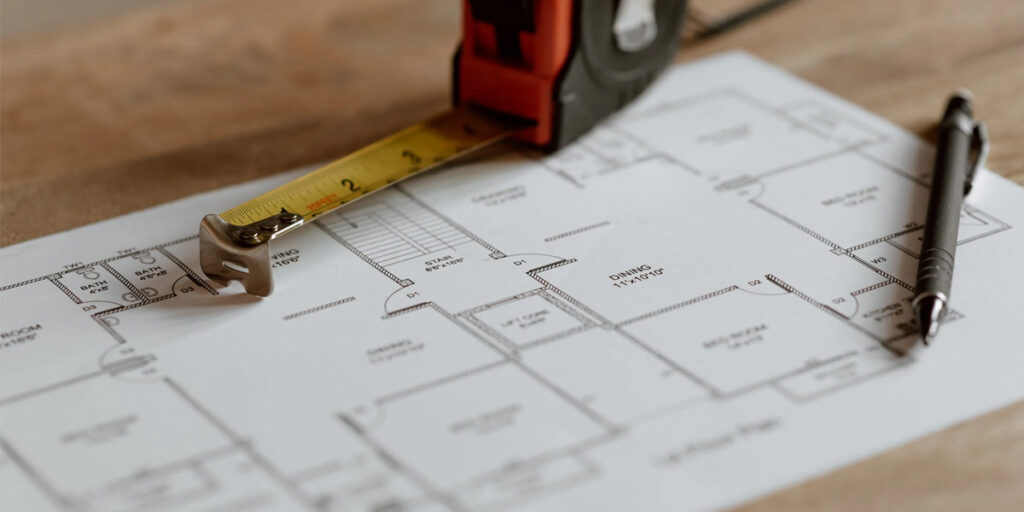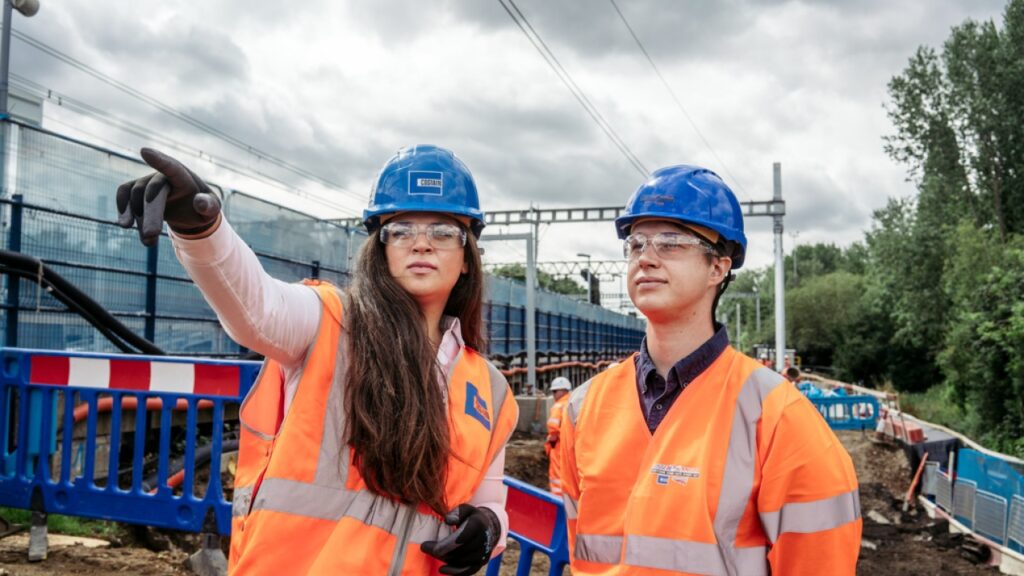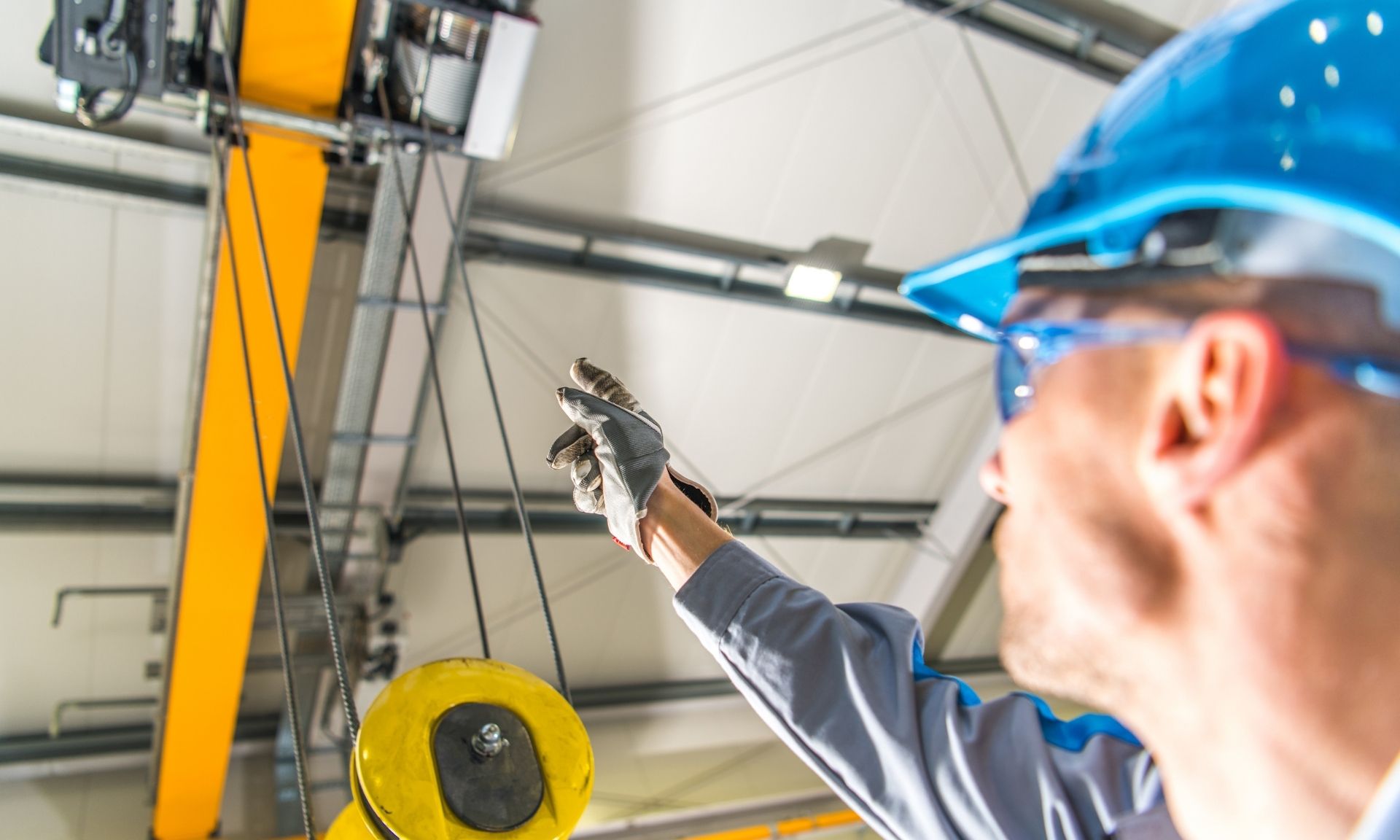If you have an interest for design and construction but you have never considered how to kickstart a career in this field, then perhaps you should head down the apprenticeship route! In this blog post we will cover everything you need to know about being a Construction Design and Build Technician. Continue reading to find out the best tips for how you can get started.
- What is a Construction Design and Build Technician?
- What does the Construction Design and Build Technician role involve?
- How does the Construction Design and Build Technician apprenticeship work?
- Apprenticeship entry requirements
- Career prospects
What is a Construction Design and Build Technician?
Construction Design and Build Technicians can cover a range of occupations and typical job titles can include Assistant Design Co-ordinator or Design and Build Co-ordinator. The design coordinator is the person in charge of making sure that all construction sites follow proper procedures. They spend most time on-site however they can be office based for admin purposes or meetings. The Design and Build Co-ordinator works closely alongside architects while collaborating throughout each phase from initial planning right through installation. Design and Build Technicians must also understand the risks involved within construction and the importance of behaviours in safety-critical environments.

What does the Construction Design and Build Technician role involve?
As a Construction Design and Build Technician you would be responsible for a variety of duties:
- Identification of client requirements in construction projects
- Identification of health and safety risks in the design of projects
- Checking of compliance with regulations on a construction project
- The minimisation of the environmental impact of construction projects
- Assisting architects with the development of detailed design on a construction project
- Co-ordinate design information on a construction project
- Monitoring of quality on a construction project
- Assisting commercial staff with the monitoring of costs on a construction project
How does the Construction Design and Build Technician apprenticeship work?
This Apprenticeship will teach you all about the skills and knowledge needed to become a Level 4 Construction Design and Build Technician. You’ll learn industry-recognised standards, along with how they’re applied in practice for professional registration!
This Apprenticeship is designed to prepare you for the knowledge, skills and behaviours typically required of technicians. The final assessment process will resemble what’s required when applying for professional registration with industry recognised bodies
This is a three-year program, but it will depend on the apprenticeship holder’s previous experience and access to opportunities.
Apprenticeship entry requirements
The typical entry requirements for this apprenticeship are five GCSEs or equivalent, including Maths and English. For those who don’t meet these qualifications there is still an opportunity to develop skills through additional study at Level 2. Employers can set their own entry requirements, which is determined by the individual employer.
For this particular apprenticeship it would be helpful to have the following skills:
- knowledge of building and construction
- to be thorough and pay attention to detail
- thinking and reasoning skills
- analytical thinking skills
- maths knowledge
- knowledge of engineering science and technology
- the ability to think clearly using logic and reasoning
- knowledge of public safety and security
- to be able to use a computer and the main software packages confidently
Career Prospects
There are many different areas you could specialise in with your qualification and the progression would not stop there. It is possible to move into project management in addition to a higher-paying job as an Estimator or CAD drafting for construction projects!
You could find work with:
- national and international building firms and contractors
- central and local government
- organisations that do their own construction work, like utility companies, major retailers and the NHS
For further information on how you can get started read here.












